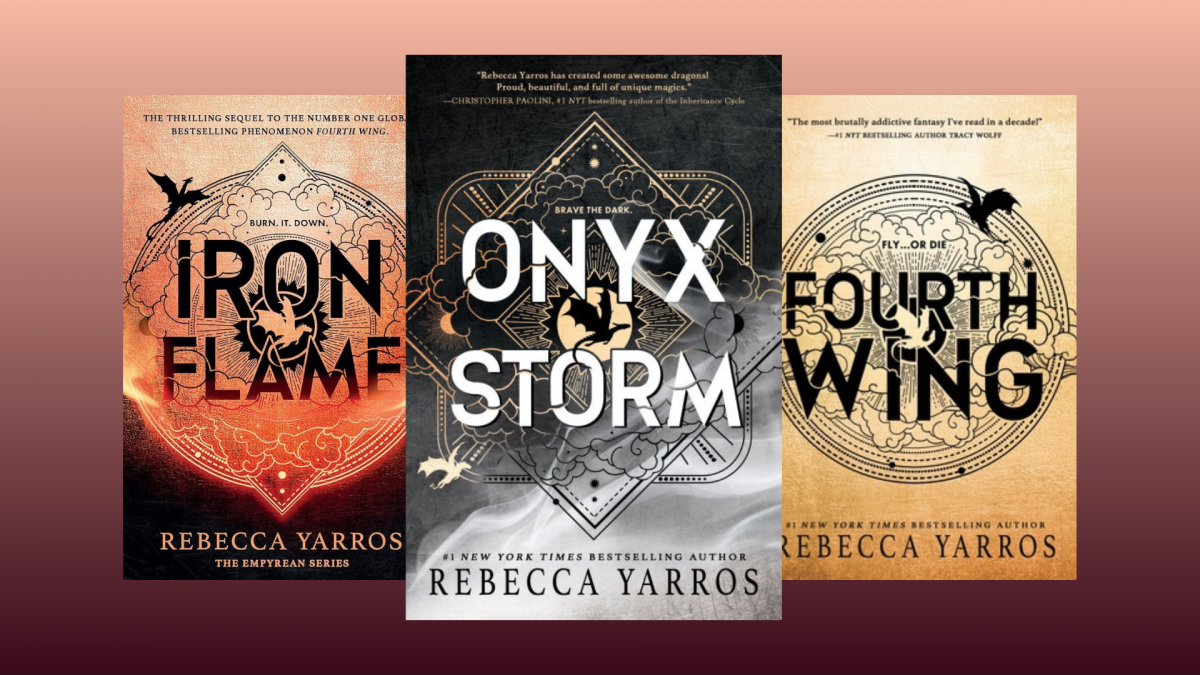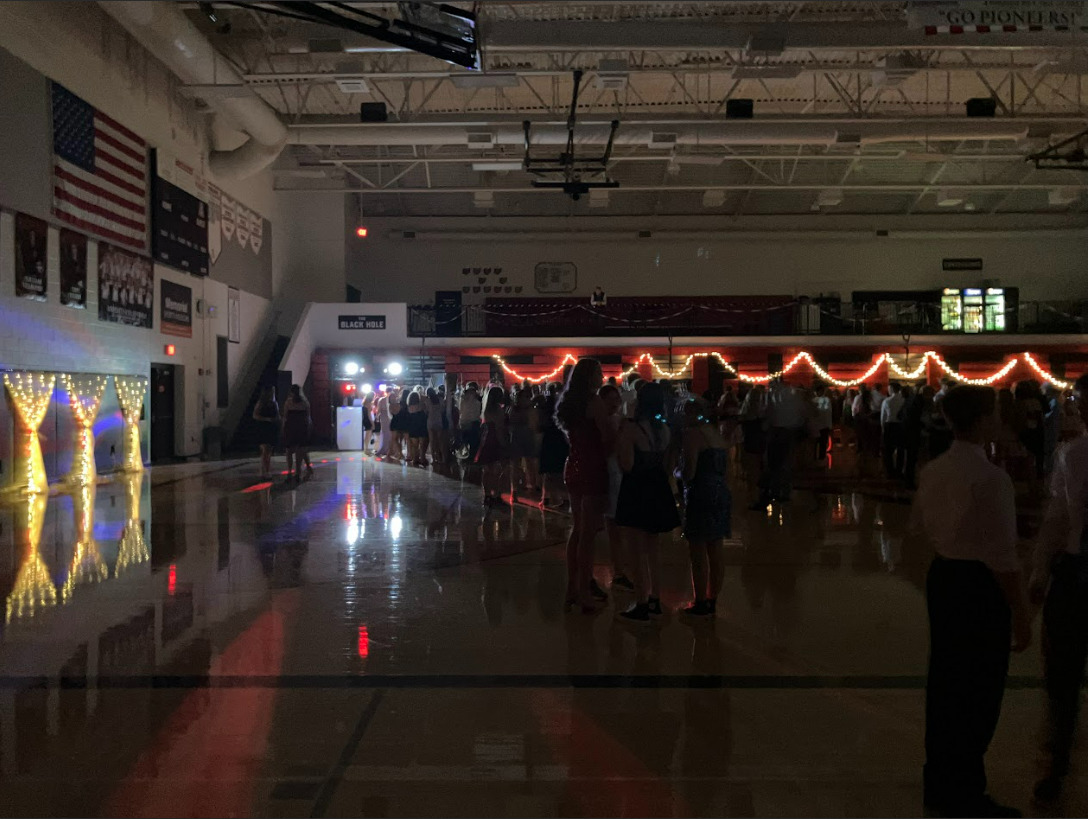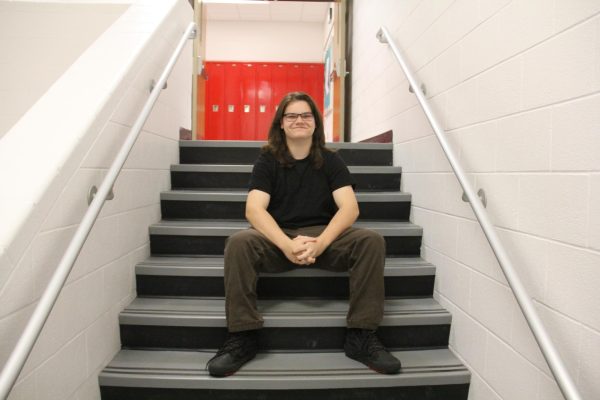Today, it feels like people choose the reality they want to live in. Information, news, and facts are no longer a balanced meal—they’re more like a buffet, where individuals pick only what suits their tastes. Whether something is true seems less important than whether it aligns with personal beliefs. For many, the primary concern isn’t accuracy, but affirmation.
The shift toward selective truth didn’t happen overnight. With the rise of social media and the 24-hour news cycle, the way we consume information has completely changed. News is no longer just reported—it’s specialized, tailored to deliver something that matches our preferences. Platforms like Facebook, and X, and YouTube prioritize engagement over accuracy, pushing sensational or emotionally charged content to the top of our feeds. This environment has made it easier than ever for misinformation to spread unchecked. From vaccine skepticism to election denial, we’ve seen how false information can undermine public trust, polarize communities, and even put lives at risk.
One of the most alarming examples to me came on January 6, 2021, when a violent mob stormed the U.S. Capitol. Fueled by widespread misinformation claiming the 2020 presidential election was stolen, thousands of people acted on a false narrative perpetuated by online conspiracy theories and amplified by political figures, looking to get some quick support for themselves. The result wasn’t just chaos—it was a deadly attack on the democratic process itself. The events of that day showed how dangerous misinformation can be when it’s treated as fact and allowed to flourish unchecked.
A major reason misinformation spreads so easily is that many people simply aren’t equipped to recognize it. Media literacy—the ability to analyze and evaluate information—has never been more essential than right now. And it’s scary how little it is taught in our education.
Most people aren’t taught how to question sources, spot manipulation, or understand how headlines and algorithms shape perception. Instead, news is often consumed through social media, where speed and virality matter more than truth. In this environment, a nice graphic or confident voice is enough to convince someone, no matter how inaccurate the message is. Without the tools to separate fact from fiction, people become easy targets for bad information—and sometimes, they don’t even realize it.
In a country where truth has become a matter of personal preference and convenience often trumps accuracy, the battle against misinformation is less like something we can solve and more like something we’ll simply have to live with. We’re surrounded by a constant stream of content designed to confirm our beliefs, not challenge them.
But that can’t be where it ends. Misinformation is killing us—not just through public health crises or political violence, but by taking away our shared reality. If we stop caring about what’s true, we risk losing the ability to solve problems together, to work together, or even to agree on what’s real. And while no single person can fix it all, each of us has a role to play. We have to ask harder questions, push back when something feels off, and help those around us do the same. If the truth has any future, it will be because enough people chose to defend it not because it was easy, but because the alternative is far worse.








